
Health is a crown on the heads of the healthy that only the sick can see.
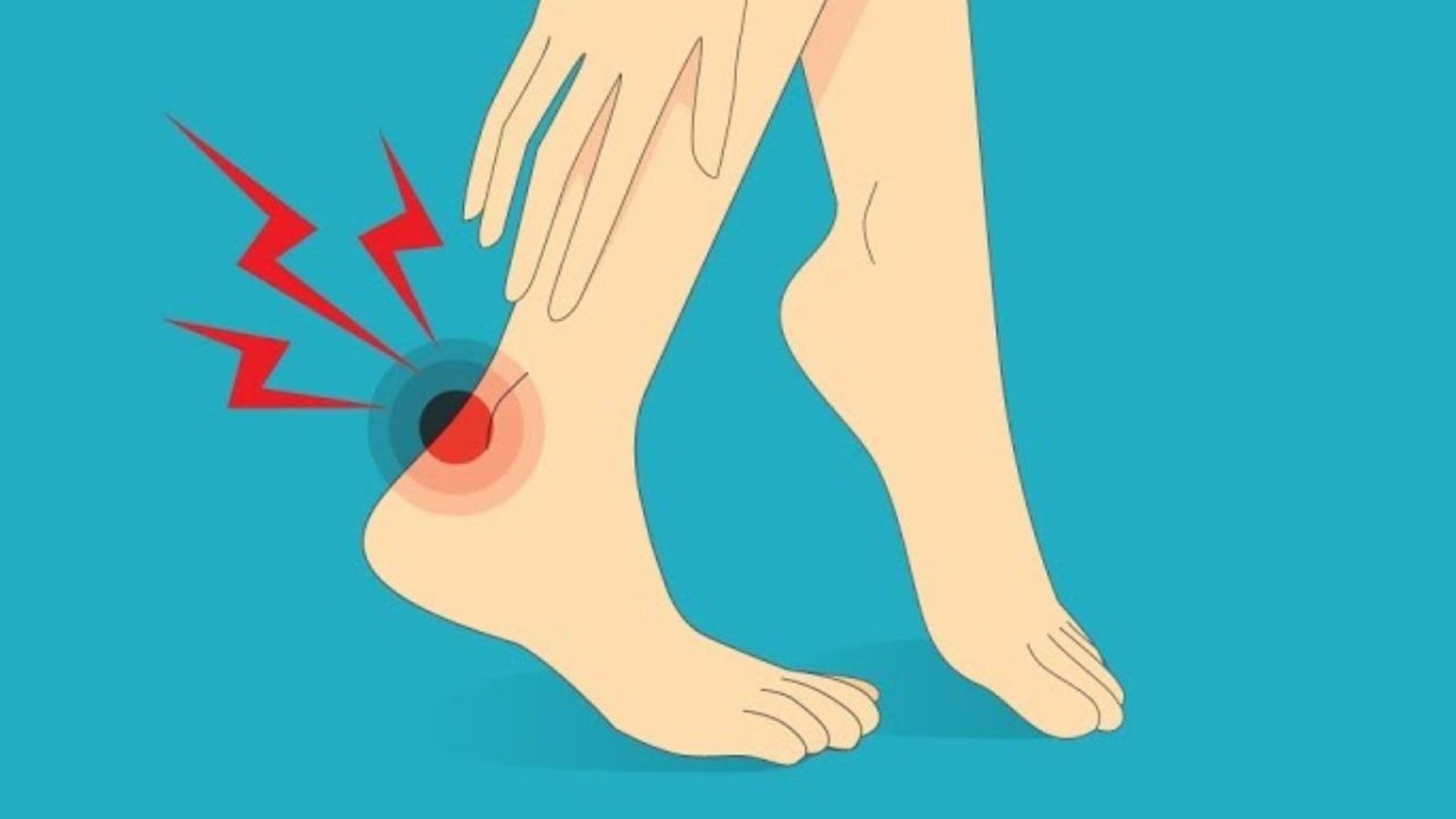
🦶 Sprained vs. Broken Ankle: Can Fasting Speed Up Healing?
🦴 Ankle Injury Guide: Sprain, Fracture & Natural Recovery with Fasting 🦶 Sprained vs. broken ankle? Spot differences (swelling, pain, mobility). Fasting may reduce inflammation but delays bone healing. Risks outweigh benefits.
MUSCULOSKELETAL
Dr Hassan Al Warraqi
6/8/2024
🦶 Sprained vs. Broken Ankle: Can Fasting Speed Up Healing?
🦴 Ankle Injury Guide: Sprain, Fracture & Natural Recovery with Fasting 🦶 Sprained vs. broken ankle? Spot differences (swelling, pain, mobility). Fasting may reduce inflammation but delays bone healing. Risks outweigh benefits.
when the strong ligaments that support the ankle stretch beyond their limits and tear.
The severity of a sprain can vary greatly depending on the number of ligaments involved and the extent to which the ligaments are torn.
Causes
common sports injuries, particularly in sports that require jumping, cutting action, or rolling or twisting of the foot such as basketball, tennis, football, soccer, and trail running.
Walking or running on uneven surfaces or poor field conditions may increase the risk of an ankle sprain.
Prior ankle injury increases the likelihood of spraining it again.
Poor strength or flexibility in the ankles may increase the risk of a sprain when participating in sports.
Improper shoes that don't fit properly or aren't appropriate for an activity, as well as high-heeled shoes in general, make ankles more vulnerable to injury.
Symptoms
Pain, especially when pressing on the joint, moving the foot in certain ways, walking, or standing.
Redness and warmth due to increased blood flow to the area.
Instability and weakness in the joint.
Difficulty walking, with limited movement in the ankle.
Treatment
Rest, ice, elevation, and over-the-counter medications are often effective for healing most ankle sprains.
surgery may be necessary to repair or reconstruct the injured ligaments.
Devices such as crutches, elastic bandages, sports tape, or ankle support braces may be recommended to stabilize the ankle.
Physical therapy and exercises are crucial to restore the ankle's range of motion, strength, flexibility, and stability.
Balance and stability training are especially important to retrain the ankle muscles to work together to support the joint and to help prevent recurrent sprains.
if the pain is severe, doesn't improve with over-the-counter medications, elevation, and ice, or if walking becomes difficult. if the ankle doesn't feel better within 5 to 7 days, it's advisable to consult a doctor.
conversely if the pain isn't severe improved, improve with over-the-counter medications, elevation, and ice, or if walking becomes difficult more normalize . if the ankle feel better within 5 to 7 days no need for further investigations e.g. xrays
keywords
Ankle sprain, tear, surgery, physical therapy, shoes, examinations, crutches or elastic bandages,medications, elevation, and ice,Instability and,weakness,
Questions and Answers About Ankle Sprains and Ligament Tears
FAQS frequently asked questins
What is an ankle sprain, and what are the common causes?
An ankle sprain is an injury that occurs when the ligaments supporting the ankle stretch beyond their normal range or tear.
Common causes include:
Sports injuries (especially those involving jumping or quick changes in direction).
Walking or running on uneven surfaces.
A history of previous ankle sprains.
Weakness or lack of flexibility in the ankle.
Wearing inappropriate footwear.
What symptoms might indicate that I have an ankle sprain?
Symptoms of an ankle sprain include:
Pain (especially when touching the joint, moving the foot, walking, or standing).
Redness and warmth in the affected area.
Instability and weakness in the joint.
Difficulty walking with limited ankle movement.
Swelling in the ankle area.
What treatment options are available for ankle sprains?
Treatment options depend on the severity of the injury. They include:
Self-care: Rest, ice, compression, elevation, and over-the-counter pain relievers.
Physical therapy: To strengthen muscles, improve range of motion, and restore balance.
Supportive devices: Such as crutches, elastic bandages, braces, or splints.
Surgery: In severe cases where ligaments are severely torn or the injury does not respond to other treatments.
When should I see a doctor if I have an ankle sprain?
You should consult a doctor in the following cases:
If the pain is severe and does not improve with home treatments.
If walking is extremely difficult.
If the ankle does not improve within 5-7 days.
If there is visible deformity in the ankle.
What does self-care for a mild ankle sprain involve?
Self-care for a mild ankle sprain includes:
Rest: Avoid activities that cause pain.
Ice: Apply ice packs to the ankle for 15-20 minutes every 2-3 hours during the first few days.
Compression: Use an elastic bandage to support the ankle and reduce swelling.
Elevation: Keep the ankle raised above heart level to reduce swelling.
Over-the-counter pain relievers: Such as ibuprofen or acetaminophen to alleviate pain.
What is the role of physical therapy in recovering from an ankle sprain?
Physical therapy plays a crucial role in restoring the ankle's strength, flexibility, and stability after a sprain. It includes exercises to strengthen the muscles around the ankle, improve range of motion, and enhance balance.
How long does it take to recover from an ankle sprain?
Recovery time depends on the severity of the sprain. Mild sprains may take a few weeks to heal, while severe sprains can take several months.
What tips can help prevent ankle sprains?
To help prevent ankle sprains, follow these tips:
Wear appropriate footwear that provides good ankle support.
Warm up before exercising.
Maintain the strength and flexibility of your ankle muscles.
Be cautious when walking or running on uneven surfaces.
Use an ankle brace if you are prone to sprains.
By following these guidelines, you can effectively manage and recover from an ankle sprain while reducing the risk of future injuries. If symptoms persist or worsen, consult a healthcare professional for proper evaluation and treatment.
keywords
Ankle sprain, ligament tear, ankle sprain treatment, symptoms of ankle sprain, causes of ankle sprain, self-care for ankle sprain, physical therapy for ankle sprain, surgery for ligament tear, preventing ankle sprains, supportive footwear for ankles, ankle strengthening exercises, ice packs for ankle sprain, elastic bandages for ankle, ankle braces, crutches, ankle swelling, ankle pain, joint instability, recovering from ankle sprain, tips for treating ankle sprain, when to see a doctor for ankle sprain.
❓ FAQ: Sprains, Breaks & Fasting
🔹 Q1: What’s the difference between a twisted, sprained, and broken ankle?
Twisted ankle usually refers to a mild overstretching of ligaments without serious damage.
Sprained ankle involves actual tearing or overstretching of ligaments, often with swelling, bruising, and limited mobility.
Broken ankle (fracture) means a bone has cracked or broken, and typically causes severe pain, swelling, and inability to bear weight.
🔹 Q2: How can I tell if my ankle is broken or just sprained?
A fractured ankle often shows:
Sharp or deep pain
Noticeable deformity
Inability to move or put weight on the foot
If unsure, always get an X-ray to confirm.
🔹 Q3: Can fasting help in healing a sprained or twisted ankle?
Yes, voluntary fasting may support healing by:
🔥 Reducing inflammation
🧬 Enhancing cellular repair (autophagy)
🧠 Lowering oxidative stress
💪 Boosting natural growth hormone
This can potentially speed up soft tissue recovery in mild-to-moderate injuries.
🔹 Q4: Is fasting safe if I have a broken bone?
Fasting during bone healing is possible, but:
Not recommended for people with nutritional deficiencies
You must ensure adequate calcium, vitamin D, protein, and hydration during eating windows
Always consult a doctor or dietitian before fasting with fractures
🔹 Q5: What type of fasting is best for recovery from injuries?
Intermittent fasting (e.g., 16:8) is safe and often beneficial
Avoid dry fasting if you're injured, unless supervised
Extended fasting should only be done under medical guidance during recovery
🔹 Q6: Can I fast while on painkillers or anti-inflammatories?
Yes, but only if the medication can be taken during your eating window.
Avoid fasting if you're on strict medication timing that requires food.
🔍 Detailed Breakdown: Fasting & Ankle Injuries
1. Sprain vs. Fracture: Key Differences
SymptomSprain (Ligament)Fracture (Bone)PainLocalized to soft tissueDeep, bony, worsens with pressureSwellingModerate, improves fasterSevere, persistentMobilityCan often bear weight partiallyUnable to bear weight (usually)DeformityRareCommon (e.g., misalignment)Sound at Injury"Pop" or "tear""Crack" or "snap"
2. Fasting’s Impact on Healing: Science vs. Claims
Potential Benefits (Limited):
↓ Inflammation: Short-term fasting reduces cytokines (IL-6, TNF-α), possibly easing sprain swelling initially .
↑ Autophagy: Cellular cleanup may remove damaged tissue debris .
Proven Risks:
↓ Collagen Synthesis: Protein/calorie restriction impairs ligament/tendon repair .
↓ Bone Mineralization: Fractures require calcium/Vitamin D; fasting depletes reserves → delayed callus formation .
↑ Muscle Loss: Weakens supportive musculature, increasing reinjury risk .
3. Dr. Al-Warraqi’s Controversial Stance
Claims fasting "accelerates healing" for all acute injuries (including fractures) via:
"Metabolic reset" and toxin clearance .
Reduced "inflammatory burden" .
Reality Check:
No human studies support fasting for bone repair; animal data shows slower healing .
Orthopedic guidelines prioritize protein surplus (1.6–2.2g/kg/day) and nutrients (calcium, Vit C, zinc) .
4. Evidence-Based Healing Protocol
PhaseSprain CareFracture CareDays 1–3RICE + anti-inflammatory dietImmobilization + high-protein dietWeeks 2–6PT + collagen peptidesCalcium/Vit D + controlled weight-bearingFasting?Avoid >12hr fastsAbsolutely avoid
⚠️ Critical Notes
Fasting Contraindicated For:
Fractures, surgical recovery, osteoporosis, malnutrition.
Safe Alternatives:
Time-restricted eating (12hr): Balances autophagy without nutrient deficits.
Anti-inflammatory foods: Turmeric, omega-3s, berries (targets swelling safely).
💎 Conclusion: Fasting ≠ Injury Recovery Shortcut
While short fasts may briefly ease sprain inflammation, broken ankles require nutrient-dense support – fasting risks non-union or chronic instability. Prioritize:
Diagnosis: X-ray/MRI to rule out fracture.
Nutrition: Protein + collagen + minerals.
Professional Care: PT for sprains; ortho follow-up for fractures.
🚫 Dr. Al-Warraqi’s fasting claims for fractures lack evidence and contradict orthopedic science.

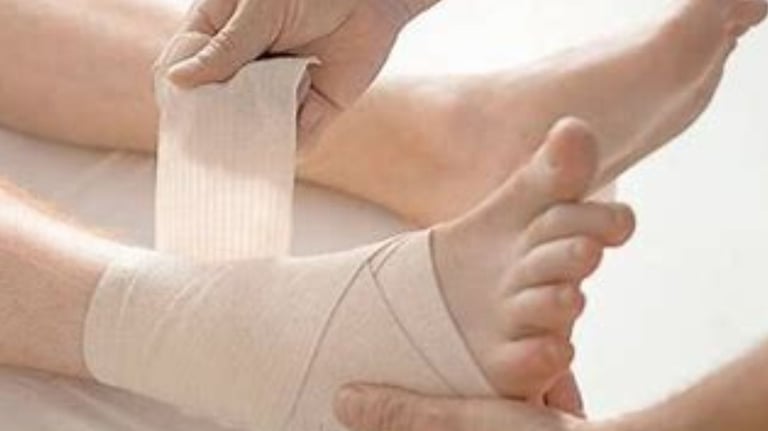

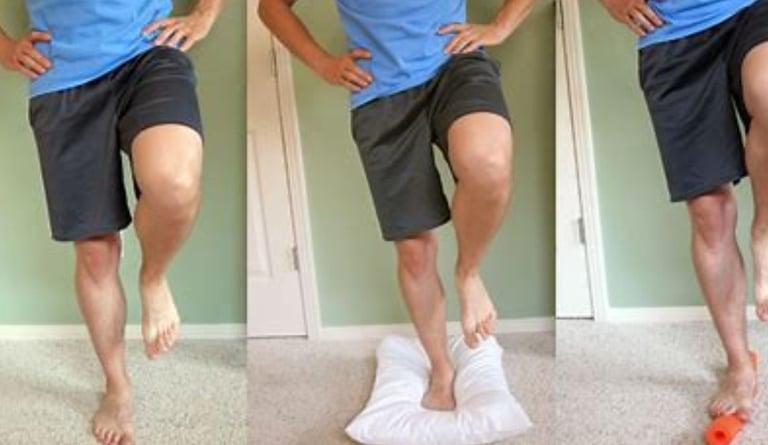

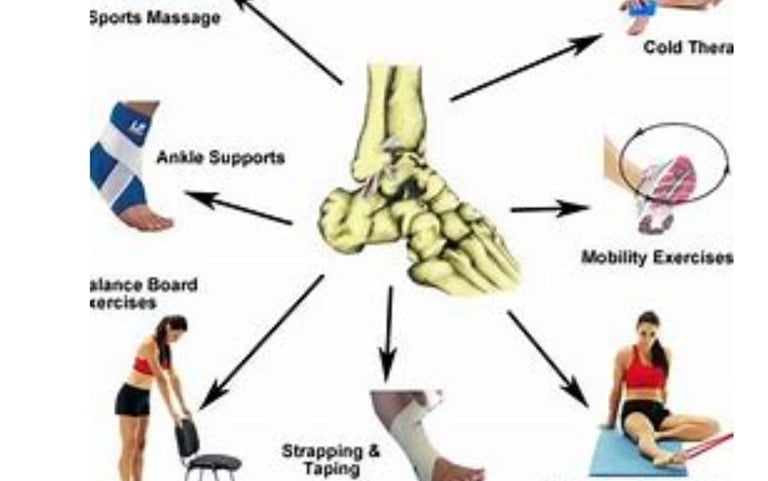

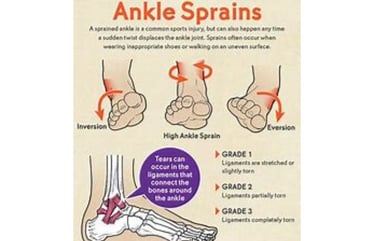




Get in touch
Address
Cairo Al Rehab
Contacts
+20 109 405 2056
hassanalwarraqi@h-k-e-m.com
